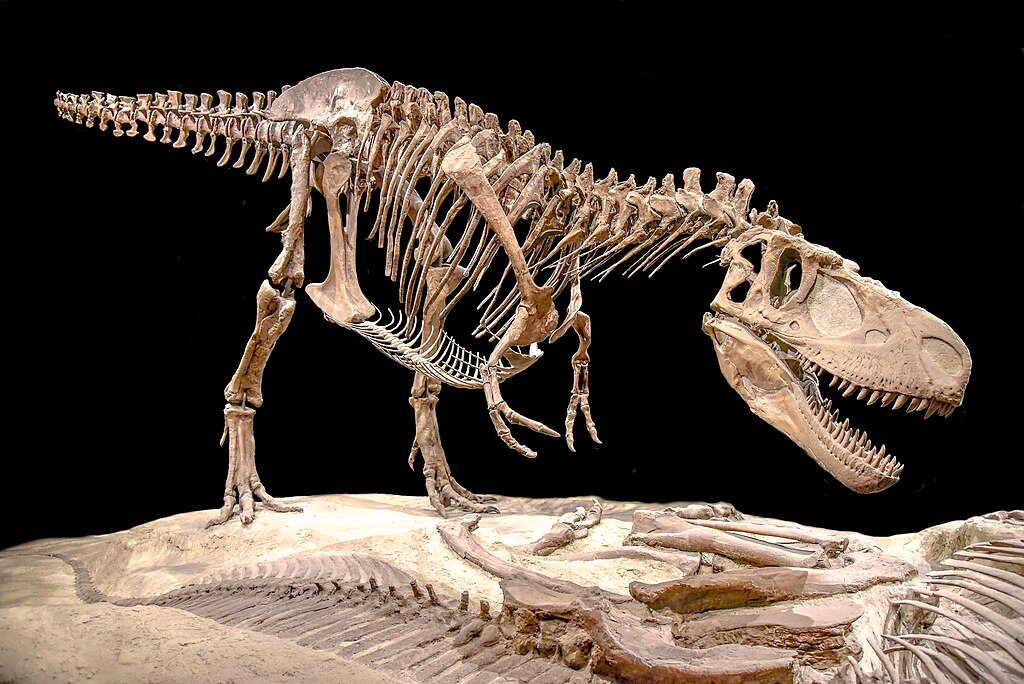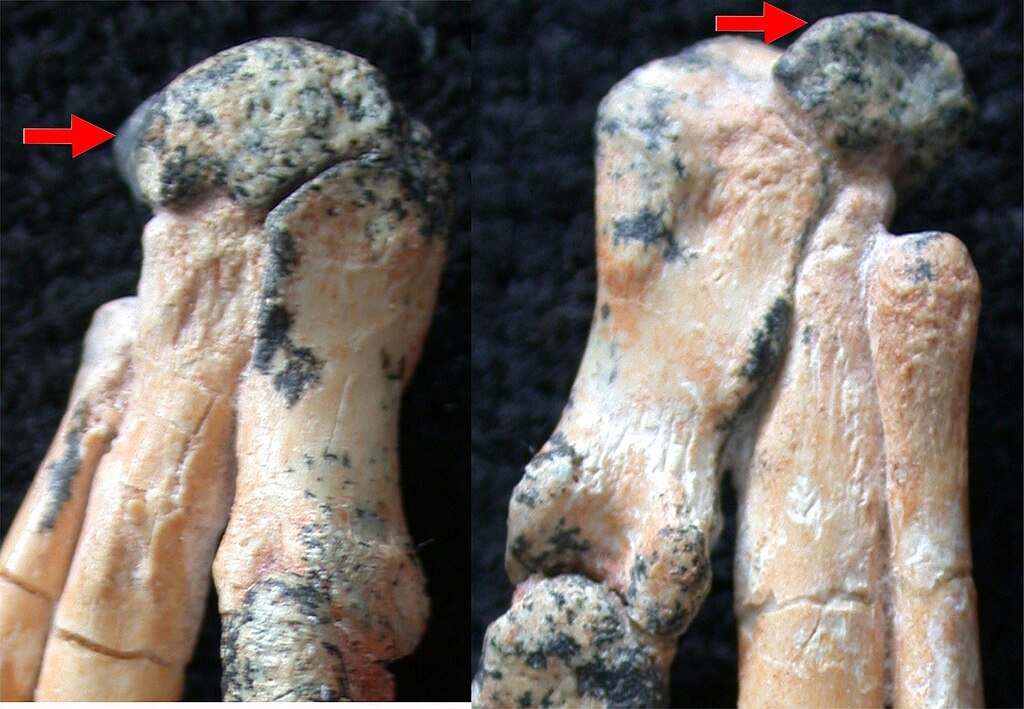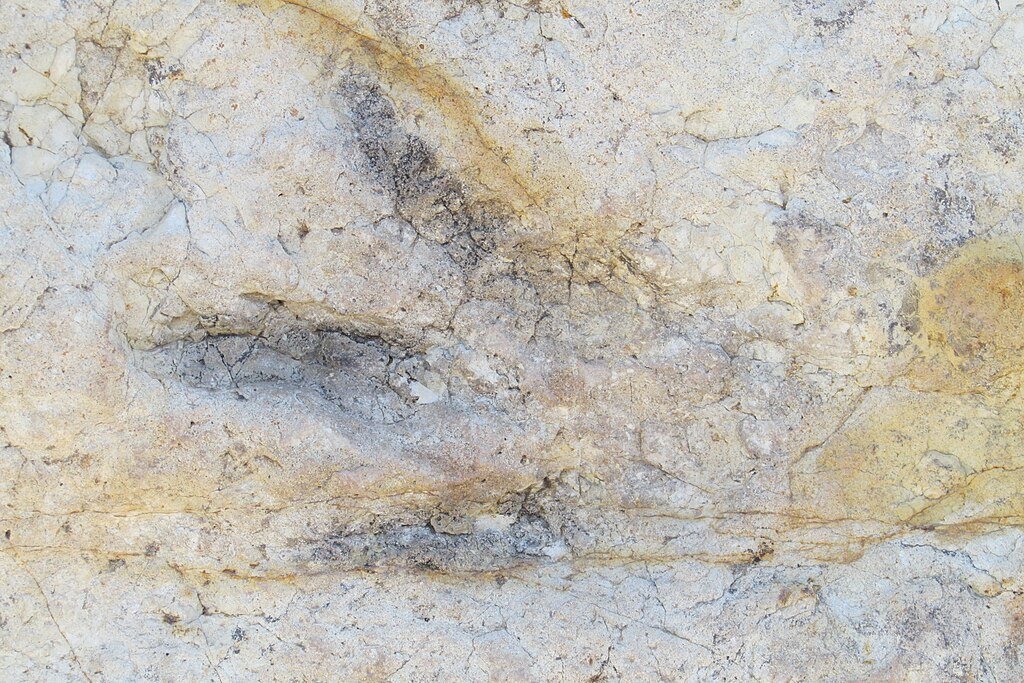A newly identified wrist bone in two non-avian dinosaurs has challenged long-held assumptions about the evolution of flight. Researchers have discovered that theropods, bird-like meat-eating dinosaurs, possessed a carpal bone called the pisiform, once thought to be unique to birds. This finding suggests that the anatomical foundations for flight were already in place millions of years before birds took to the skies.
The Mystery of the Pisiform

For years, the identity of one of the wrist bones in birds remained unclear. The pisiform, a sesamoid bone similar to a kneecap, had migrated from its original position to replace another wrist bone called the ulnare. In modern birds, this bone plays an important role in wing folding and joint stability during flight. Its V-shaped notch allows it to clasp hand bones and prevent dislocation during wingbeats.
Theropods with Bird-Like Wrists

The study analyzed fossils from two theropod dinosaurs: a troodontid, a bird-like predator related to Velociraptor, and an oviraptorid, a beaked omnivore. Using high-resolution CT scans, researchers digitally isolated the bones and identified the pisiform in both species. This is the first time a migrated pisiform has been confirmed in non-avian dinosaurs, captured in a transitional stage of wrist evolution.
Implications for Flight Evolution
The presence of the pisiform in these dinosaurs suggests that the wrist mechanics essential for flight were evolving earlier than previously believed. It supports the idea that flight-related adaptations did not emerge suddenly in birds but developed gradually in their dinosaur ancestors. This discovery also highlights the importance of wrist flexibility and joint locking in the evolution of powered flight.
Conclusion
The identification of a bird-like theropod dinosaur reshapes our understanding of how flight evolved. It reveals that the anatomical toolkit for flight was already forming in non-avian dinosaurs, reinforcing the evolutionary link between birds and their prehistoric relatives. In the story of flight, in turns out the wrist had a starring role all along.
Source:





